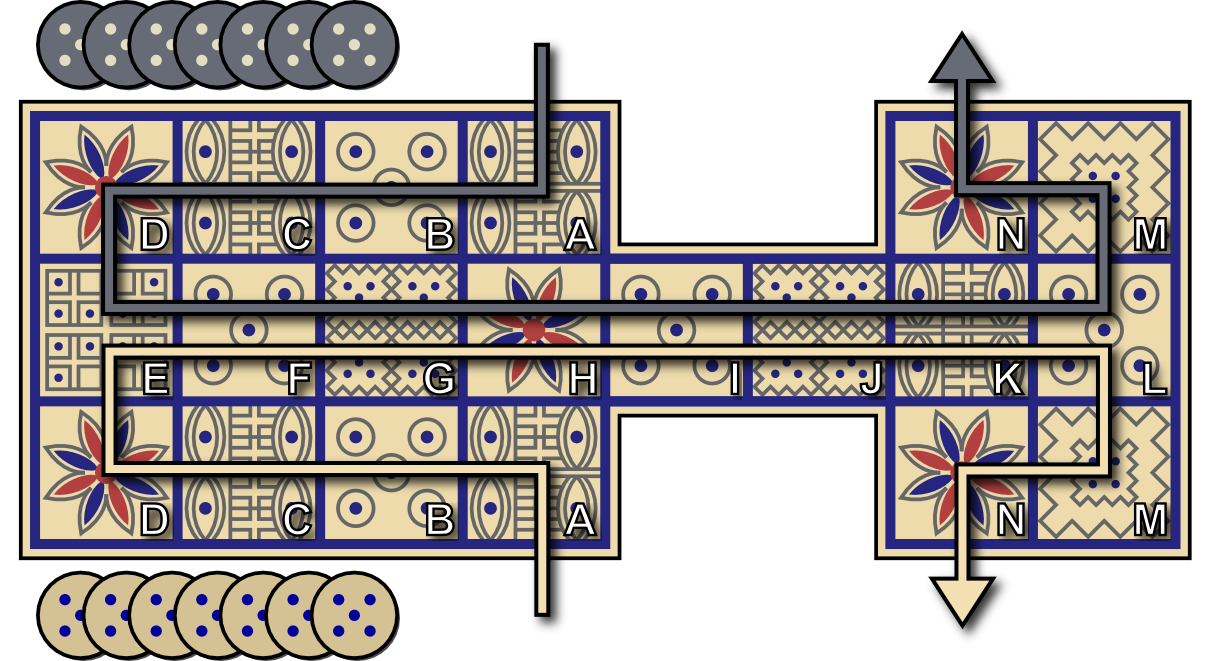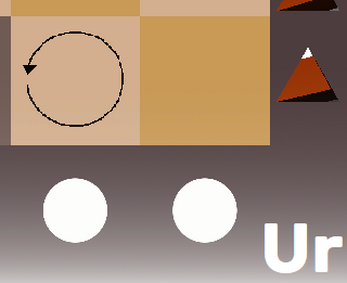Royal Game of Ur
The Royal Game of Ur is an ancient board game that traces its origins back to Mesopotamia, one of the cradles of civilization. It is one of the oldest known board games, with the earliest known set dating back to around 2600 BCE.
The game gets its name from the city of Ur, located in what is now modern-day Iraq. The city was a thriving center of trade and culture during the time the game was played. The Royal Game of Ur was popular throughout the region and was enjoyed by people from all walks of life, including royalty and commoners.
What makes the Royal Game of Ur fascinating is the discovery of several game sets and boards, along with cuneiform tablets detailing the rules of the game. These artifacts provide valuable insights into the gameplay and social context of the time.
While the exact rules of the game were initially unknown, modern researchers have made significant progress in deciphering and reconstructing the rules based on these ancient artifacts. Today, enthusiasts and historians continue to study and play the Royal Game of Ur, keeping alive a centuries-old tradition and a connection to our ancient past.
RULES:
- The objective of the game is to move all your pieces across the board and reach the end before your opponent.
- Players take turns to roll a set of four tetrahedral dice. Any dice that land with a highlighted point facing upwards, is added to the total roll.
- A player may then may choose any piece to move by the value of the roll.
- The pieces move to the left in the top and bottom row, and to the right in the middle row. The middle row, or "battlefield" is shared between the players.

- If a player's piece lands on a square already occupied by their opponent's piece, the opponent's piece is captured and returned to the starting point.
- A square can never be occupied by more than one piece.
- There are special squares on the board called rosettes. If a player's piece lands on a rosette, they get an extra turn. The X shaped rosette in the center of the board is called the fortress, and it also protects the occupying piece from getting captured.
- To remove a piece from the board, a player must roll such that the piece can land exactly at the "END".
- The first player to successfully remove all their pieces from the board wins the game.
| Status | In development |
| Platforms | HTML5 |
| Authors | Spairus, dimlad |
| Genre | Card Game, Strategy |
| Made with | Unity |
| Tags | Board Game, Dice, Short, Turn-based, Two Player |

Leave a comment
Log in with itch.io to leave a comment.